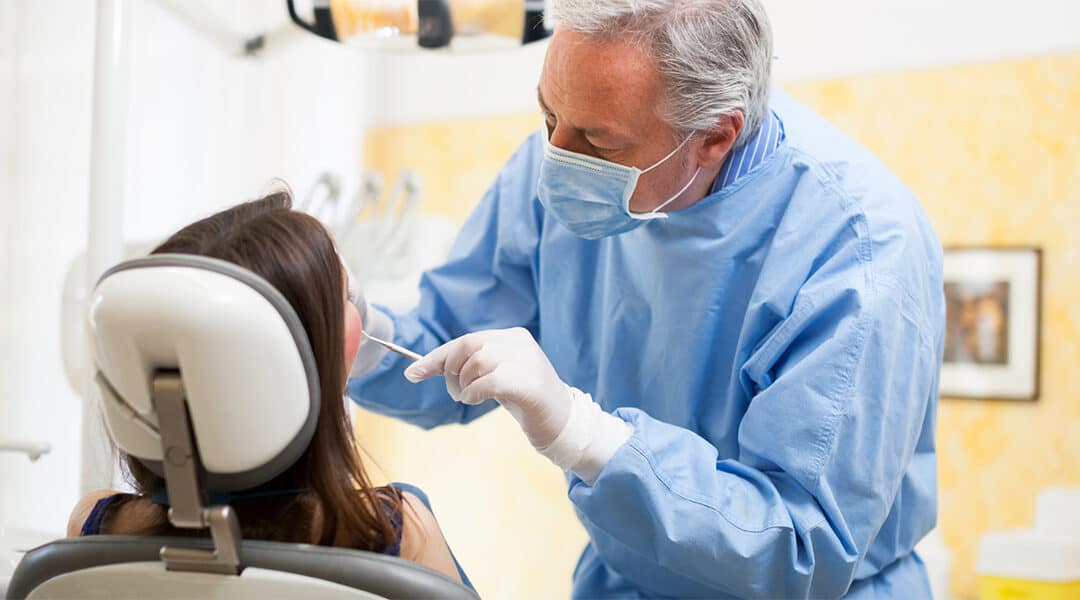Considering more than two-thirds of most oral cancers are diagnosed in later stages, what’s needed is an industry-wide transformation in the approach to oral cancer — one that shifts the focus to early detection.2
Roadblocks to early detection
While early diagnosis is well-understood to improve oral cancer outcomes, the healthcare industry faces long-standing barriers to the adoption of this approach.
Provider initiative. When symptoms first begin, namely in the form of a painless mucosal lesion, the standard response is to take note and send the patient home — otherwise known as the “wait-and-watch” approach. Over time, the lesion is evaluated for growth and/or bothersome symptoms. However, by the time the lesion is deemed malignant, the disease will have likely progressed to later stages.
Patient awareness. The average time to diagnosis for oral cancer is 104.9 days.1 This delay is largely attributable to patients waiting to seek medical intervention. In order for patients to recognize the need for medical intervention, they must first know how to differentiate between normal and abnormal symptoms. This has proved to be a challenge, as oral cancer often mimics the symptoms of dental or other unrelated health issues.
Clinical challenges. In addition to a lack of patient education and clinical oversight, oral cancer detection is further complicated by the subtlety of symptoms in early stages. Even with a close watch over the oral cavity, it can be difficult for providers to discern if regular tissue changes are normal or malignant. The traditional response is to wait for clear warning signs, but this approach ultimately delays time to diagnosis and life-saving treatment.
Changing the narrative
Moving towards early detection is a complicated, yet critical shift requiring a concerted effort from providers and patients alike. Perhaps the most strategic point of intervention is during routine dental check-ups, when providers have the opportunity to regularly assess oral health and educate patients about the early signs of oral cancer. To aid frontline clinicians in these efforts, Vigilant Biosciences®® is engineering new solutions that accurately determine oral cancer risk for faster and more effective interventions.
1. González-Moles, M.Á., Aguilar-Ruiz, M., & Ramos-García, P. (2022). Challenges in the Early Diagnosis of Oral Cancer, Evidence Gaps and Strategies for Improvement: A Scoping Review of Systematic Reviews. Cancers, 14(19), 4967.
2. Oral and Oropharyngeal Cancer: Statistics. (October 2022). Cancer.Net. https://www.cancer.net/cancer-types/oral-and-oropharyngeal-cancer/statistics
